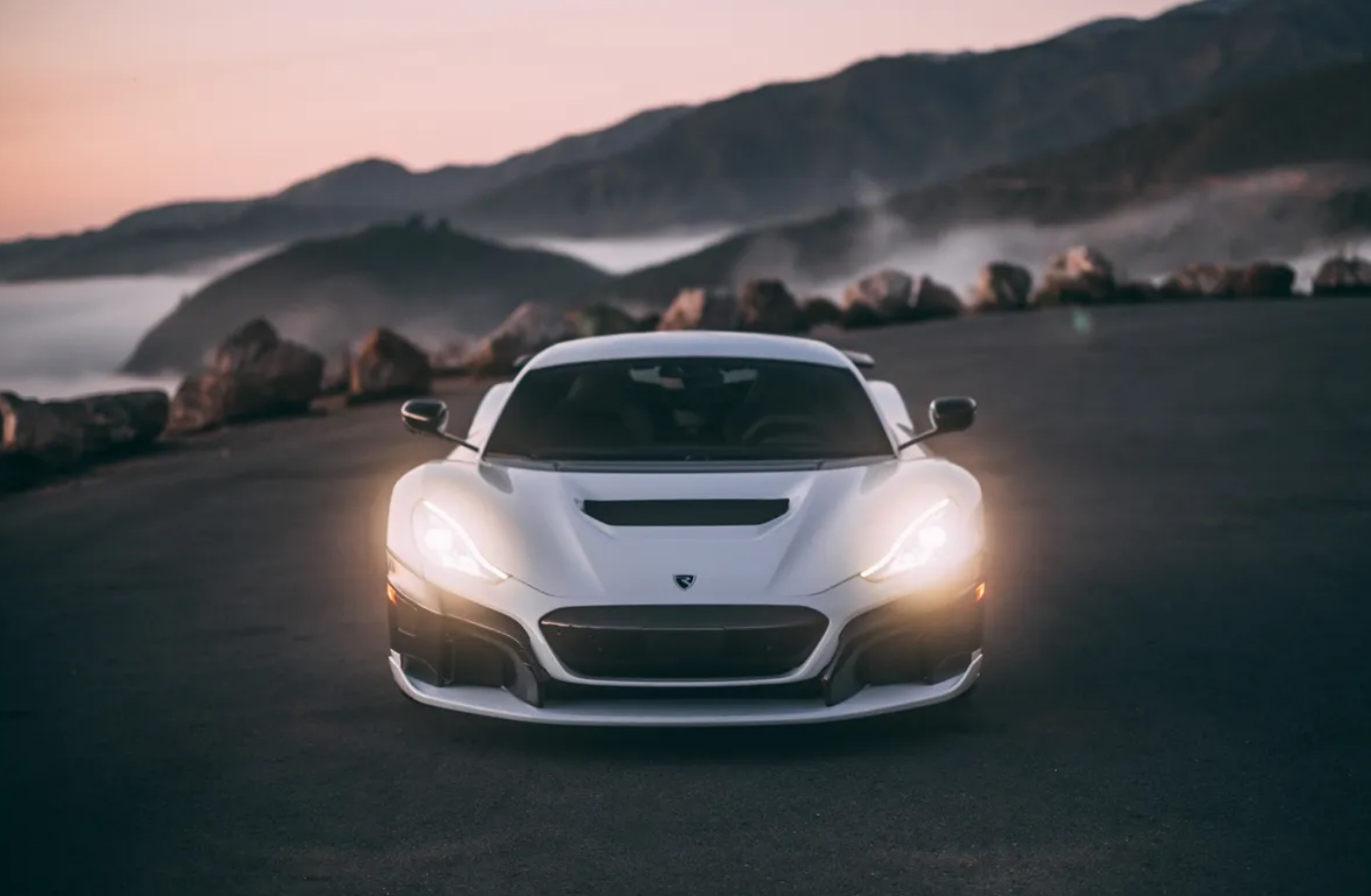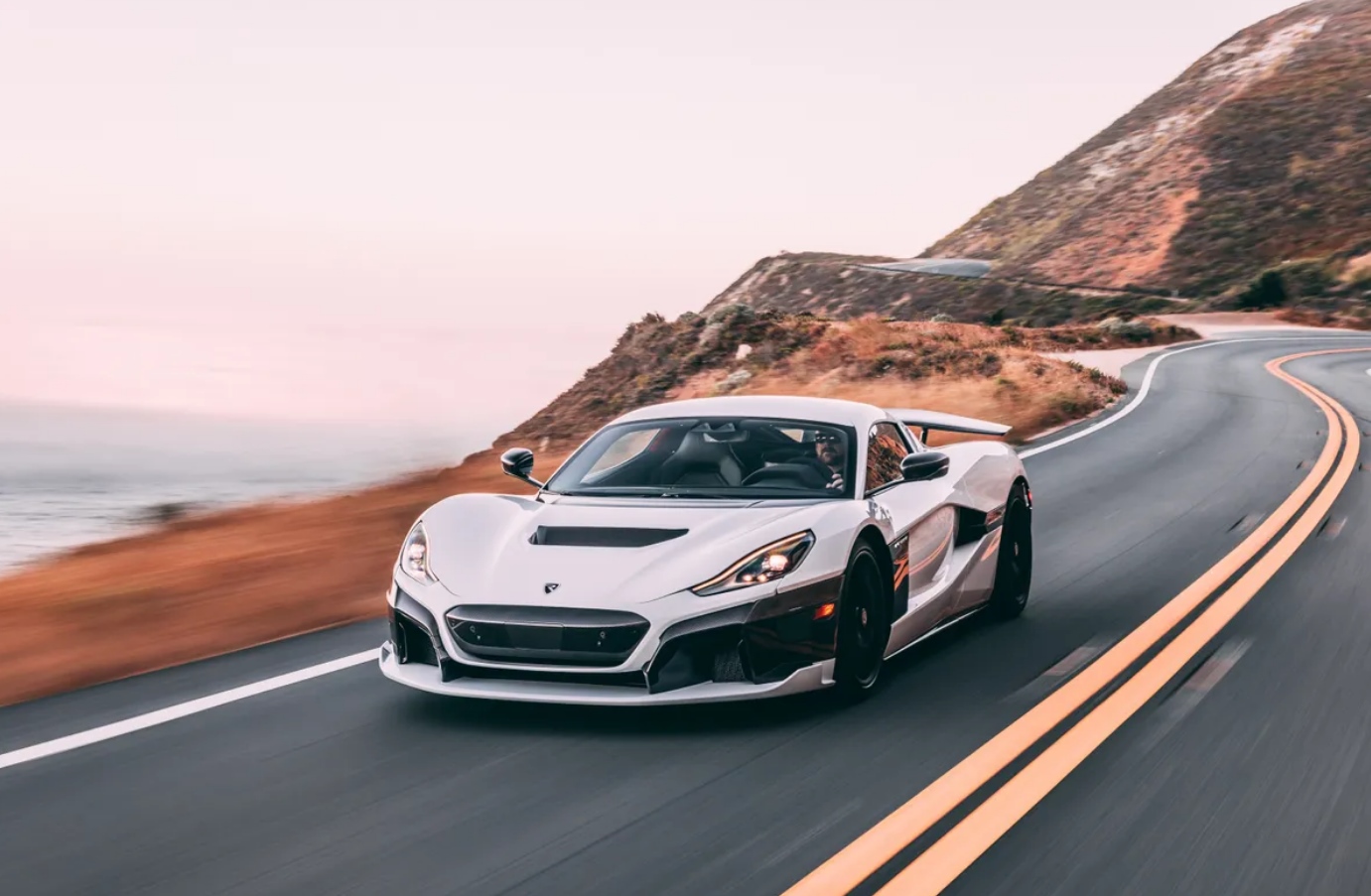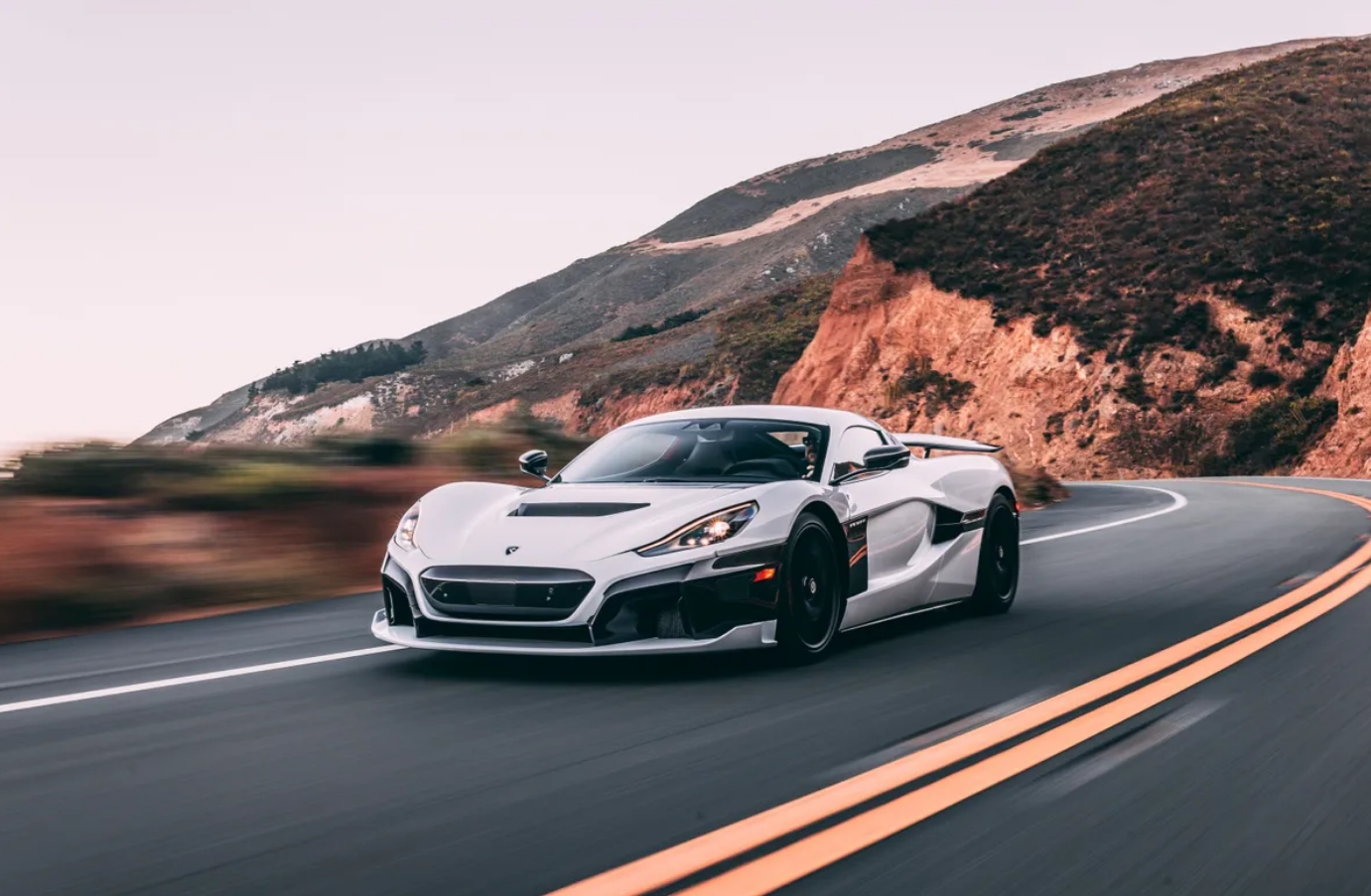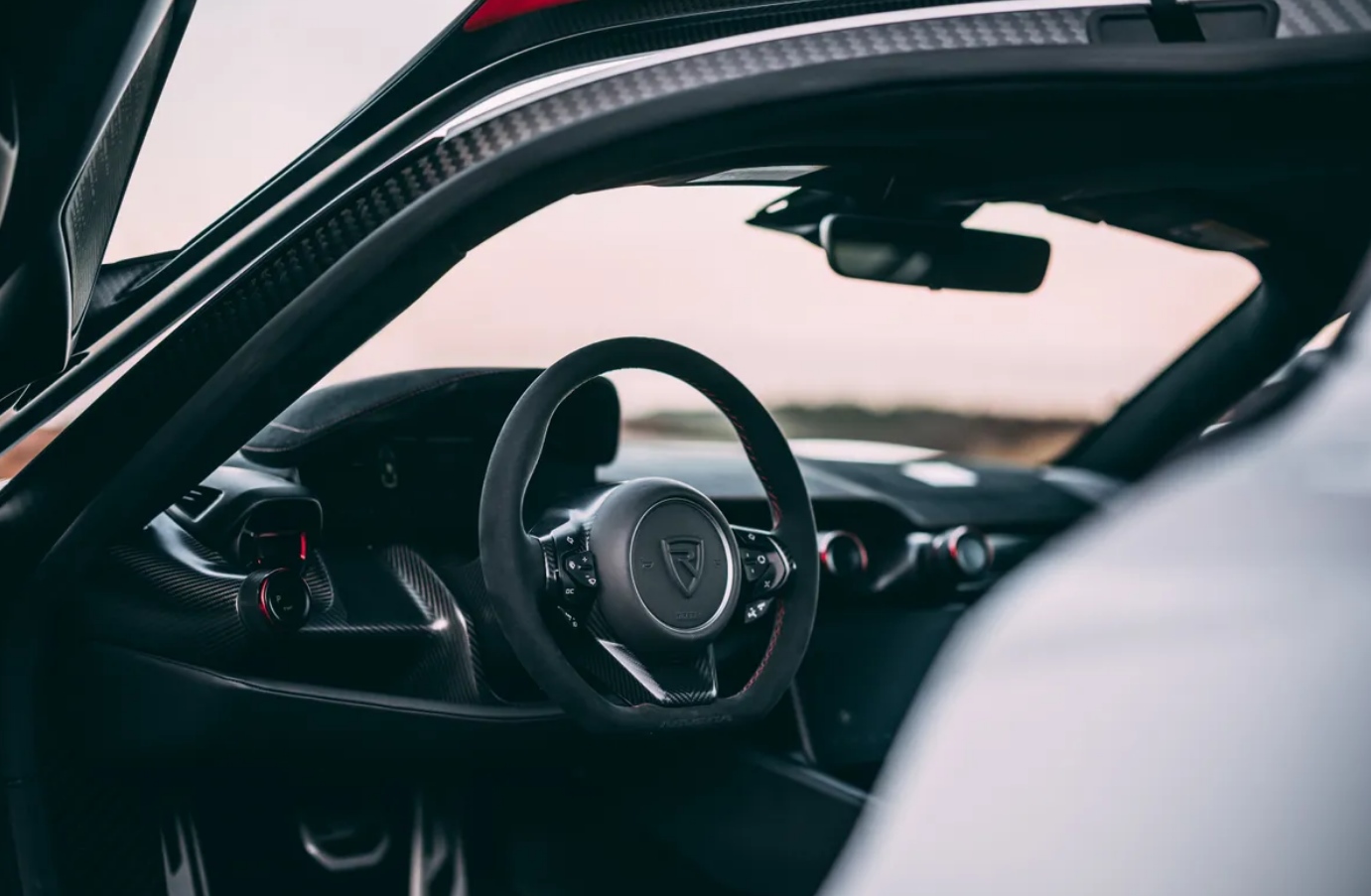2024 Rimac Nevera Specs Review: Nevera Is an Impressive Hypercar – When I give the signal, you should “floor this and pull in hard.” When approaching a curve with a decreasing radius, especially when there is a rock barrier on one side as well as a steep precipice on the other, that is not the type of driving advise I would generally follow. But this is no ordinary vehicle; I’m driving the Rimac Nevera, a Croatian electric hypercar that is shattering conventional wisdom about how fast a car can go.
2024 Rimac Nevera Changes
Neither conventional stability nor traction control systems are included on the Nevera since they are unnecessary. Instead, the most advanced torque-vectoring technology on the market is housed in its 4 electric engines, each one for every wheel. The output to every wheel is infinitely changeable, and it can execute over a hundred calculations per second. It sharpens turn-in, boosts stability in the middle of the corner, and facilitates more rapid acceleration out of the corner.
Moreover, the fast steering rack and dynamic weighting keep me from feeling detached from the action. Unless I set this in rear-drive Drift function and deliberately try to move it sideways, the Nevera, according to Zrnevi, would never understeer as well as oversteer. The turning limits are much beyond what my head believes is possible, and also the Nevera drives like no other car I’ve ever driven.
However, despite the incredible performance, taking off and picking up speed are breezes. Launches are as quick and simple as possible thanks to torque vectoring, which eliminates the need to fight with steering to remain in control plus eliminates tire slip.
I can just put the vehicle in Track mode and just go full throttle; there’s no need to use any kind of launch control. Once I become acquainted to the car’s capacities and train my eyes to focus further ahead, navigating rapid successions of narrow mountain roads becomes second nature. After visiting the Nevera, going to get back into such a AMG SL63 for the drive home is like getting into a vintage Prius.
When the Nevera comes to a stop, it does it with the same ferocity as its acceleration. With 300 kilowatt hours of killing power, the Nevera can accelerate at 0.4 g thanks to its powerful regenerative brake system. To supplement the regen, the Nevera is equipped with 15.4″ carbon brake pads plus 6-piston calipers from Brembo.
Pressure is transferred between both the brake pads as well as electric motors via an electro-hydraulic braking booster. When the temperature of either the battery or the brakes gets too high, the vehicle resorts to using whichever one is cooler. Braking is the quietest and also most pleasant I’ve seen in an EV, and also the simulated pedal sensation ensures the driver is unaware of the transitions.
Although Rimac claims the Nevera weights 4,741 pounds, it seems far lighter than that. Using the single largest block of carbon fiber inside the business, the main rechargeable battery, roof, including rear subframe all come in at much less than 441 pounds.
Nevera’s 48/53 front/rear mass balance is similar to that of a conventional mid-engined supercar, as well as the car’s extremely low center of gravity is a result of the T-shape of the battery system. The battery pack serves a dual purpose as an integral part of the monocoque tub, increasing its rigidity by 37%. According to Rimac, the Nevera represents the most rigid mass-produced vehicle ever and has passed all mandatory U.S. crash tests.
2024 Rimac Nevera Specs Review
After the limited success of the Concept First as well as Concept S, which each sold in the single digits, this really is Rimac’s first production version. Including the carbon-fiber unibody construction, the 121 kWh battery pack, the electric motors, as well as the technology that controls it all, everything was developed, engineered, and produced by Rimac. Although Rimac supplied the same motors as well as battery pack used in the Pininfarina Battista hypercar, the two vehicles couldn’t be more dissimilar in terms of driving dynamics.
The Nevera has a combined total of 1,915 hp as well as 1,741 lb-ft of torque, which is 336 hp with 561 lb-ft higher than a Chiron Super Sport as well as an additional 38 hp and 15 lb-ft higher than the Battista. When the accelerator is pressed all the way to the floor, the vehicle achieves a speed that breaks all records. Despite taking only 1.9 secs to hit miles per hour from a stop, this is the Nevera’s most sane performance statistic.
The MercedesEQS580 can go from 0 to 100 miles per hour in 4.2 secs. When you floor it, the Nevera crosses the quarter-mile just 8.5 secs at 168 mph, which makes it the fastest production automobile in history, and in just another half a second, you’ll reach 187 mph. The existing Bugatti Veyron couldn’t keep up with its 257 mph maximum speed. 2024 Rimac Nevera Specs Review
Experiencing the Nevera’s acceleration is an unusual sensation. The Nevera immediately sucks all of the breath from out my body, turning what was left into a puddle of Jell-o, but also is significantly more powerful than that of the smack in the face characteristic with high-performance EVs. When I think about it, my chest constricts, my pulse rate increases, as well as my palms start to sweat. 2024 Rimac Nevera Specs Review
Its layout is maybe the Nevera’s least shocking feature. It’s a beautiful hypercar, don’t even get me wrong, but it doesn’t go overboard with the bells and whistles. Overall, the design style is similar to that of the Concept One from 2013, albeit with more angular lines, larger intakes, and smoother surfaces. 2024 Rimac Nevera Specs Review
The best part is the vents on the sides, which are styled after the cravats worn by Croatian soldiers. Active and independently-adjusted aerodynamic components include the hood flaps, underbody and rear wing. With the low-drag mode engaged, the drag coefficient drops to an impressively low 0.3 from the high-downforce version’s 326 percent rise.
The Nevera’s interior is simpler to enter than that of many other hypercars thanks in part to its thin carbon sills, which are accessible using butterfly doors. Front passengers has a straight flat screen showing speed, power, as well as other info, while the driver is met by a thin-rimmed wheel ahead of a TFT electronic gauge cluster as well as a bigger screen canted towards. 2024 Rimac Nevera Specs Review
Drive options, gear selection, as well as torque distribution may all be adjusted using three rotating knobs that double as screens. While the design as a whole is uncomplicated, it does feature some neat touches like such a row of analogue toggles, square air vents, as well as an abundance of carbon fiber and billet aluminum.
This Nvidia Pegasus computer system powers the vehicle’s thirteen cameras, twelve ultrasonic sensors, including six radar modules, but unfortunately I am unable to test out this capability. The vehicle can navigate a racetrack autonomously, highlighting the best acceleration and braking points along the way. You may even use it while driving on your own, only with AI coach providing verbal feedback on how to better your lap times. 2024 Rimac Nevera Specs Review
2024 Rimac Nevera Price and Release Date
Performance-wise, the Rimac Nevera exemplifies the range of options for electric vehicles. The 150 fortunate buyers who will spend more than $2 million just on a Nevera will receive the world’s fastest car, which defies the laws of physics while driving and allows its passengers to quietly and comfortably cruise through urban areas while emitting no harmful gases.
Drama is definitely lacking in the Nevera, which is probably its worst flaw. While the driving experience is far from disjointed thanks to the technological wizardry, it could benefit from becoming more exciting. The Nevera is focused on wringing every last drop of performance out of a driver and gives little thought to the driver’s comfort or satisfaction. But that’s a minor quibble for what is otherwise an extremely spectacular and enjoyable vehicle.







